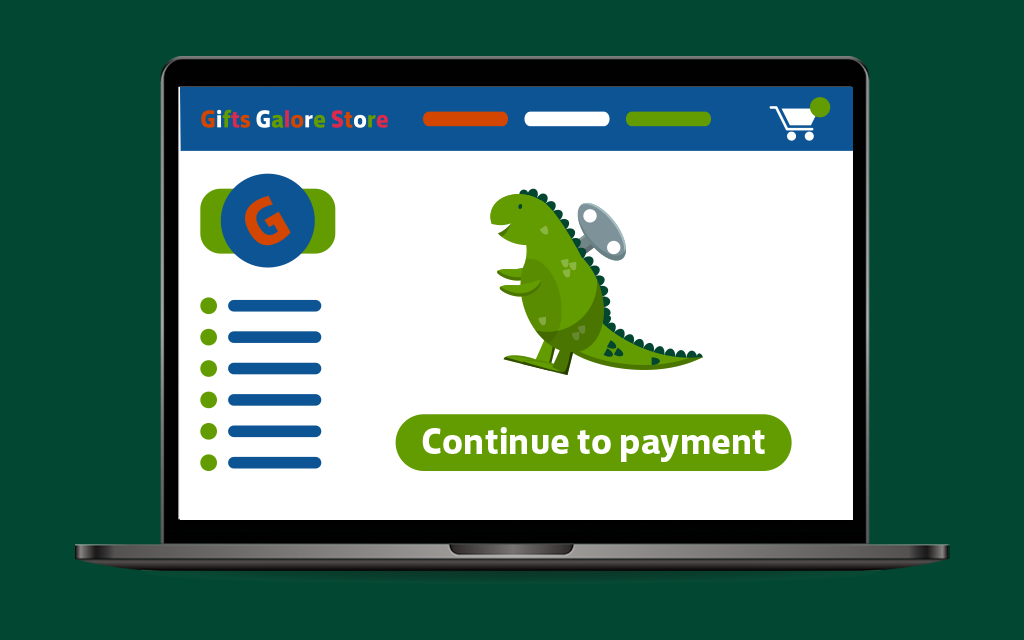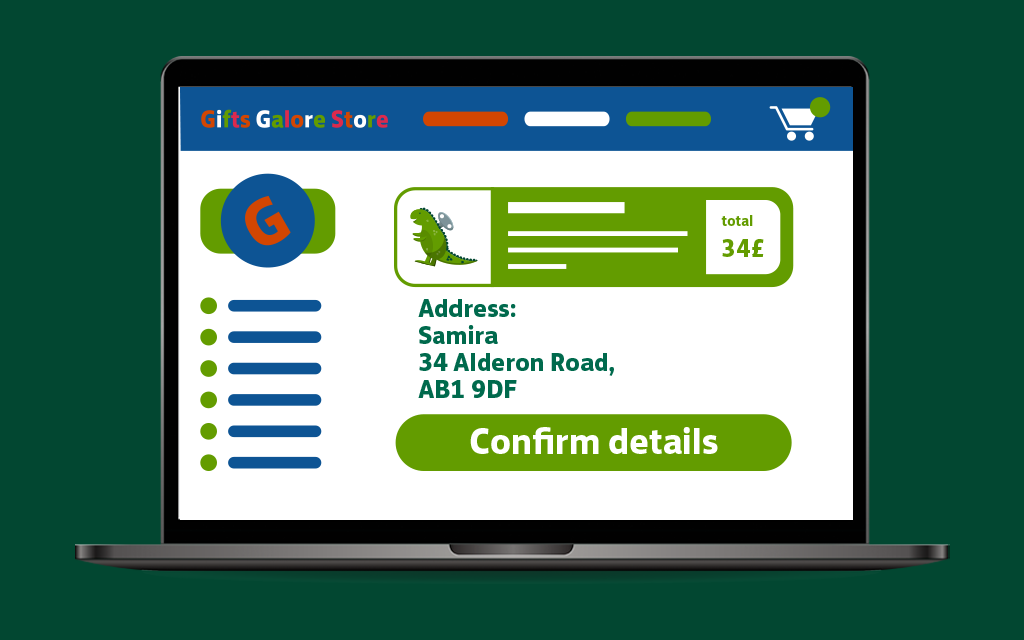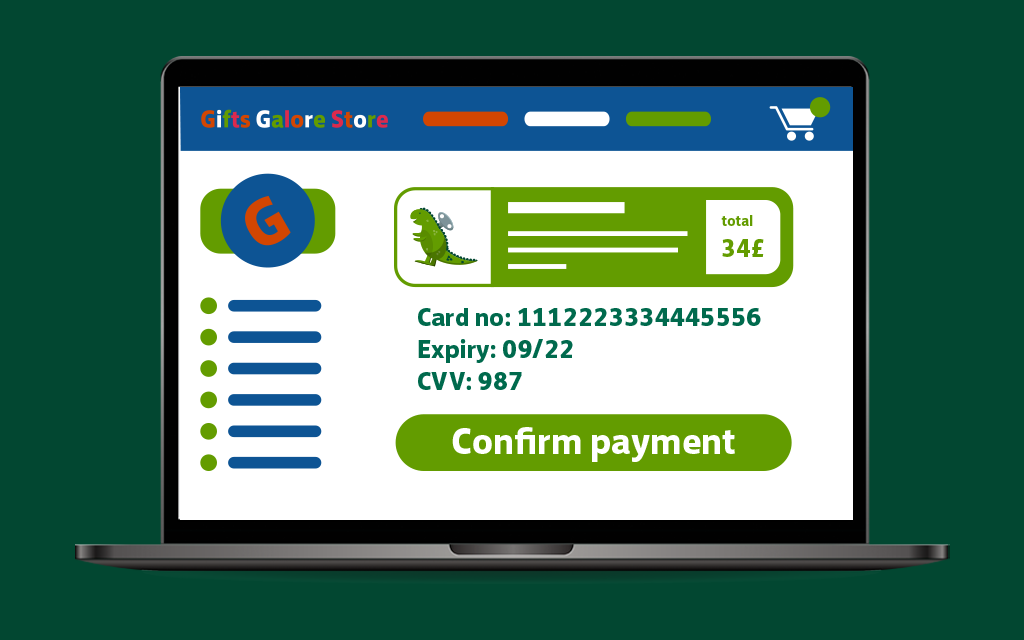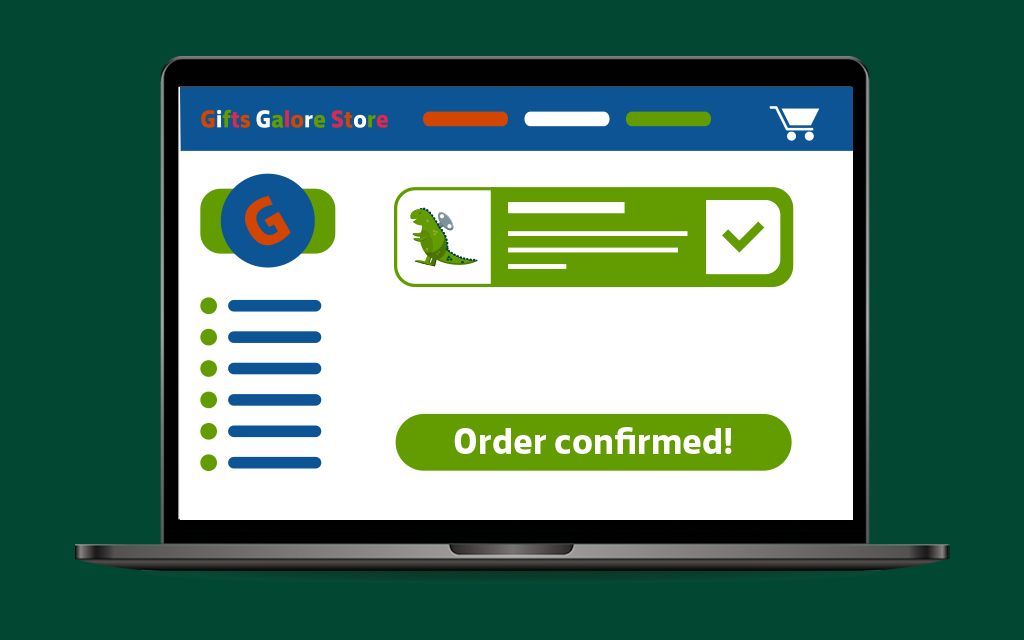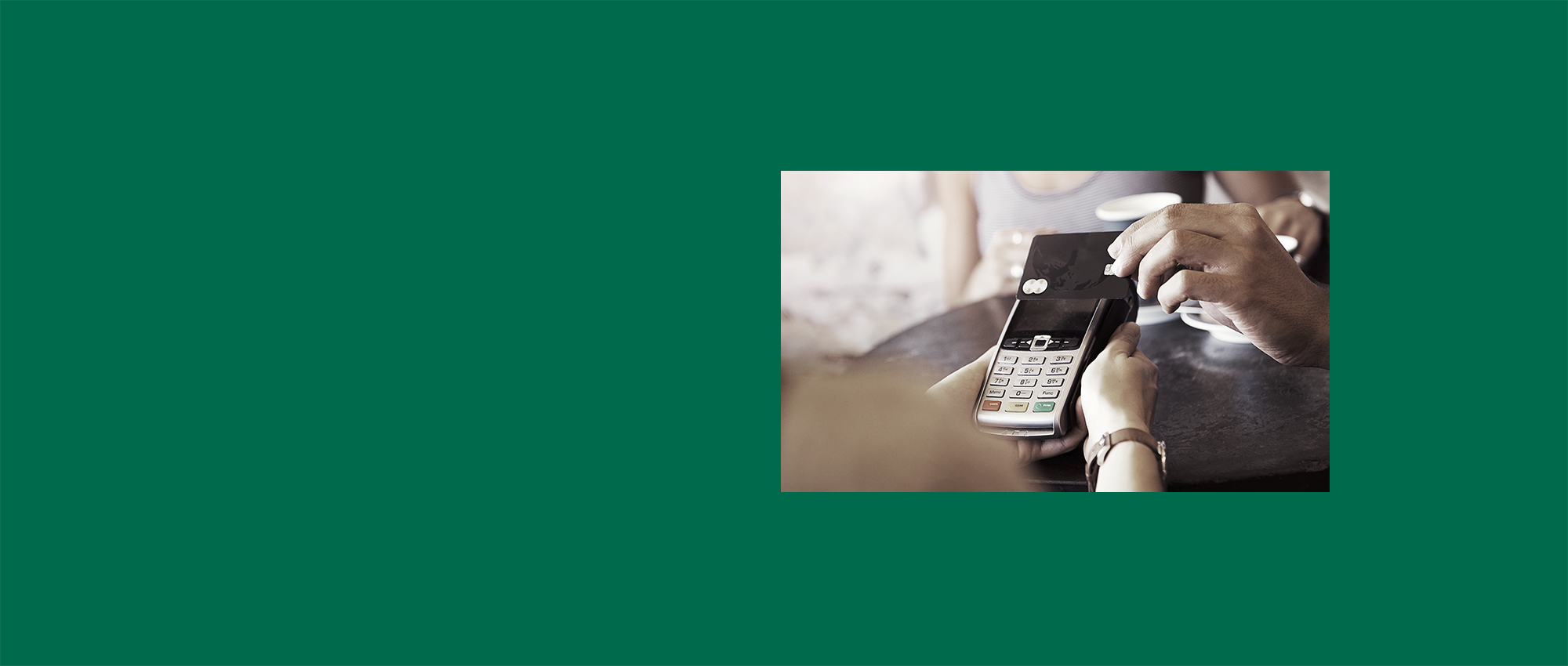

Introduction to 'Using your debit card'
In this lesson, we'll talk about using your debit card safely when you're in a shop or buying online. You'll find out how to keep your card and your money safe, what your bank does to help this, plus what to do if you're affected by fraud.
Lloyds Bank Academy is committed to providing information in a way that is accessible and useful for our users. This information, however, is not in any way intended to amount to authority or advice on which reliance should be placed. You should seek professional advice as appropriate and required. Any sites, products or services named in this module are just examples of what's available. Lloyds Bank does not endorse the services they provide. The information in this module was last updated on 12th November 2024.
